Search the whole station Crushing Equipment
Vibrating Screen characterizes simple structure, high efficiency, reliable use and convenient installation, and can perform multi-special segmentation screening of loose materials. which is main equipment to separate soild materials, it is widely used in mineral, building material, coal dressing,energy, chemical industry,etc.
Vibrating Screen characterizes simple structure, high efficiency, reliable use and convenient installation, and can perform multi-special segmentation screening of loose materials. which is main equipment to separate soild materials, it is widely used in mineral, building material, coal dressing,energy, chemical industry,etc.
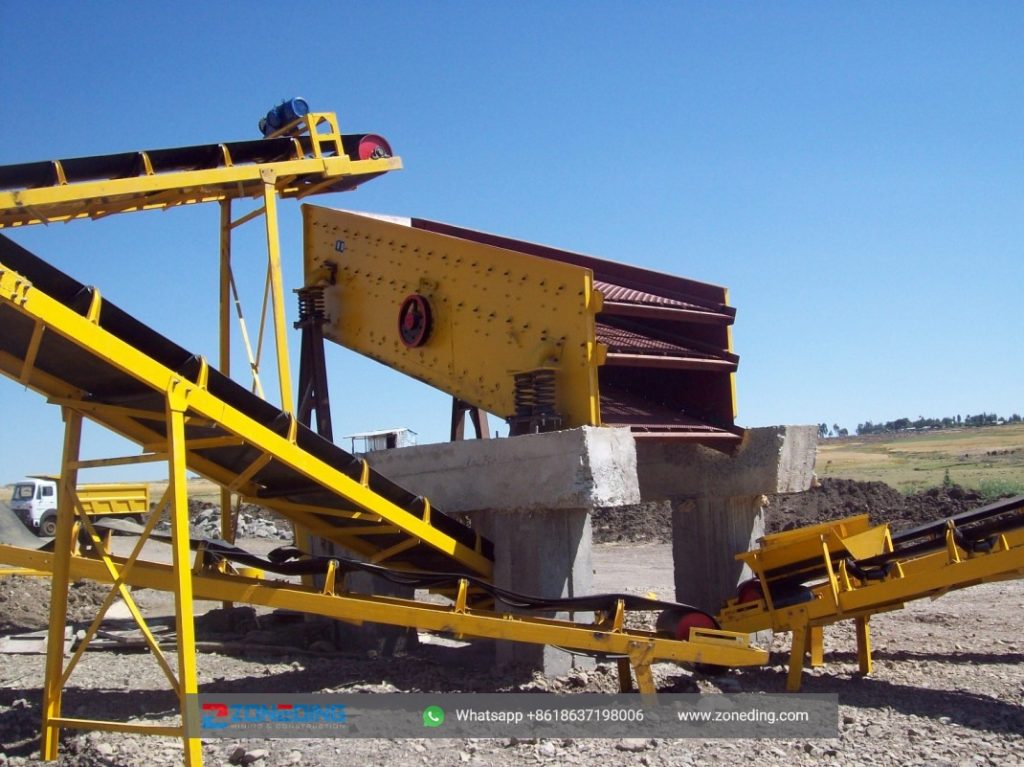
The working principle of a vibratory screen is quite simple, which makes it easy to operate. The crucial parts of the machine include vibrating screens, exciter, motor, screen decks, liners, and side plates.
Vibrating source comes from an exciter that transmits vibration to the screen deck by the V-belt, which makes material shaking and distributing evenly on the screen. During the process, the large size of material will stay on the top while the small and fine size material can go throughout the screen mesh to the bottom, then you’ll get different sizes of materials.
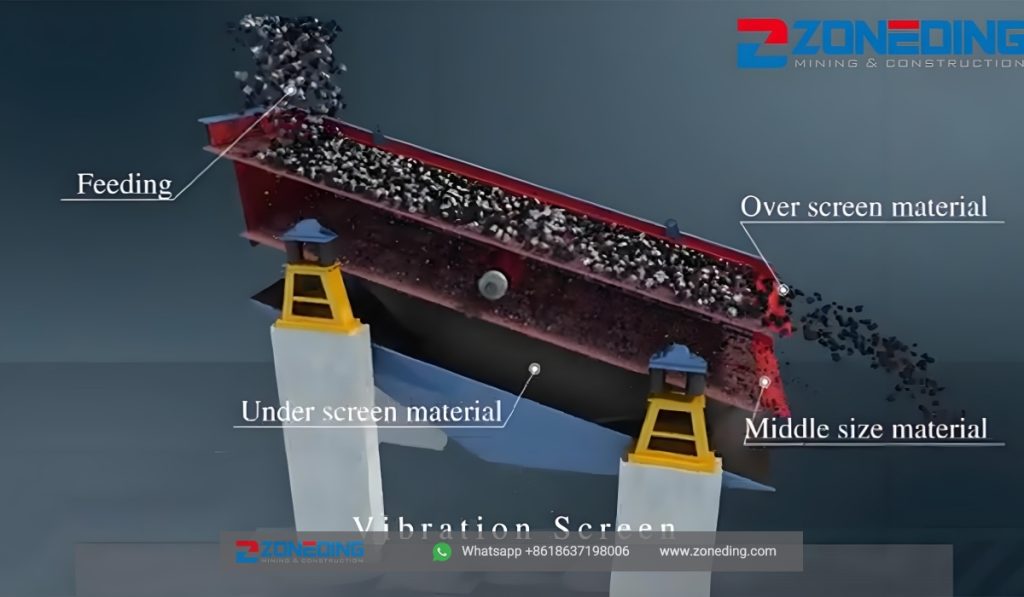
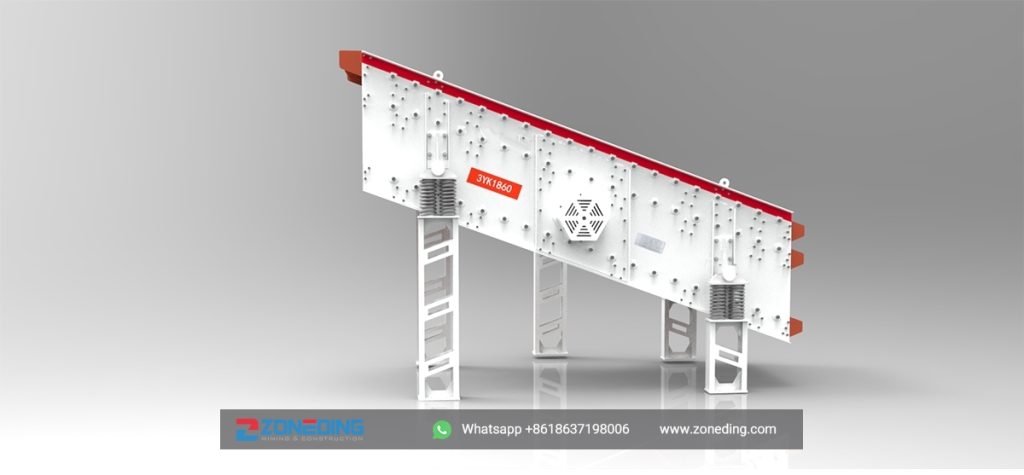
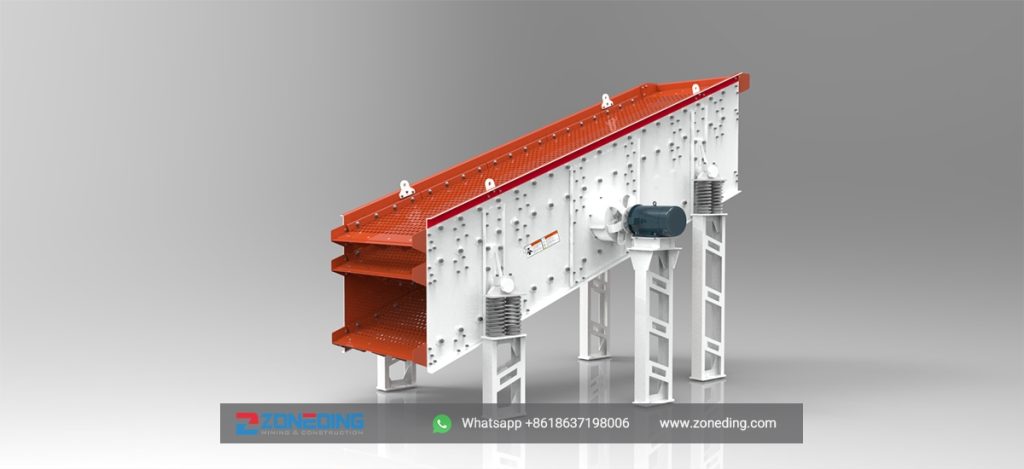
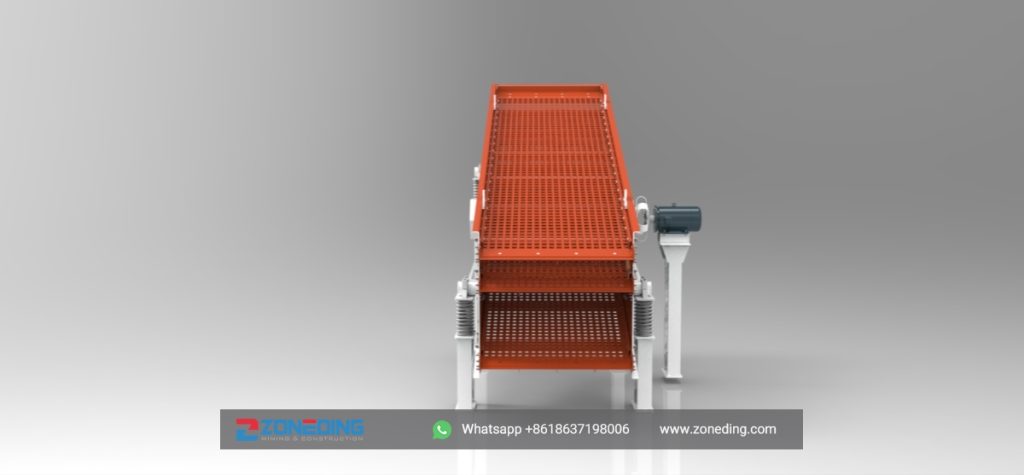
The vibrating sieve can be divided into mining vibrating screen, light fine vibrating screen, experimental vibrating screen, also can be divided into linear vibrating screen, circular vibrating screen, high frequency vibrating screen, double deck vibrating screen, single deck vibrating screen, and so on.
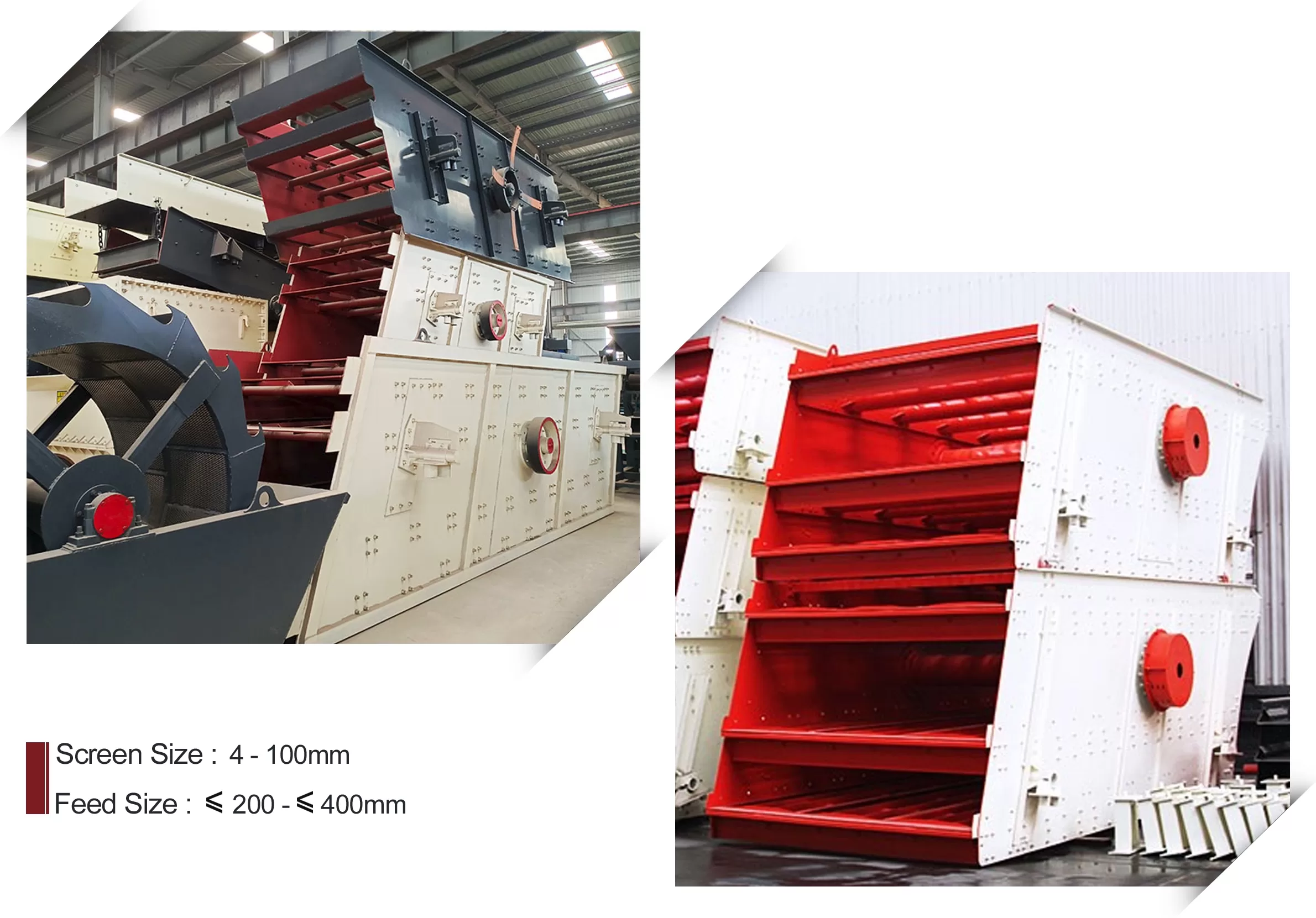
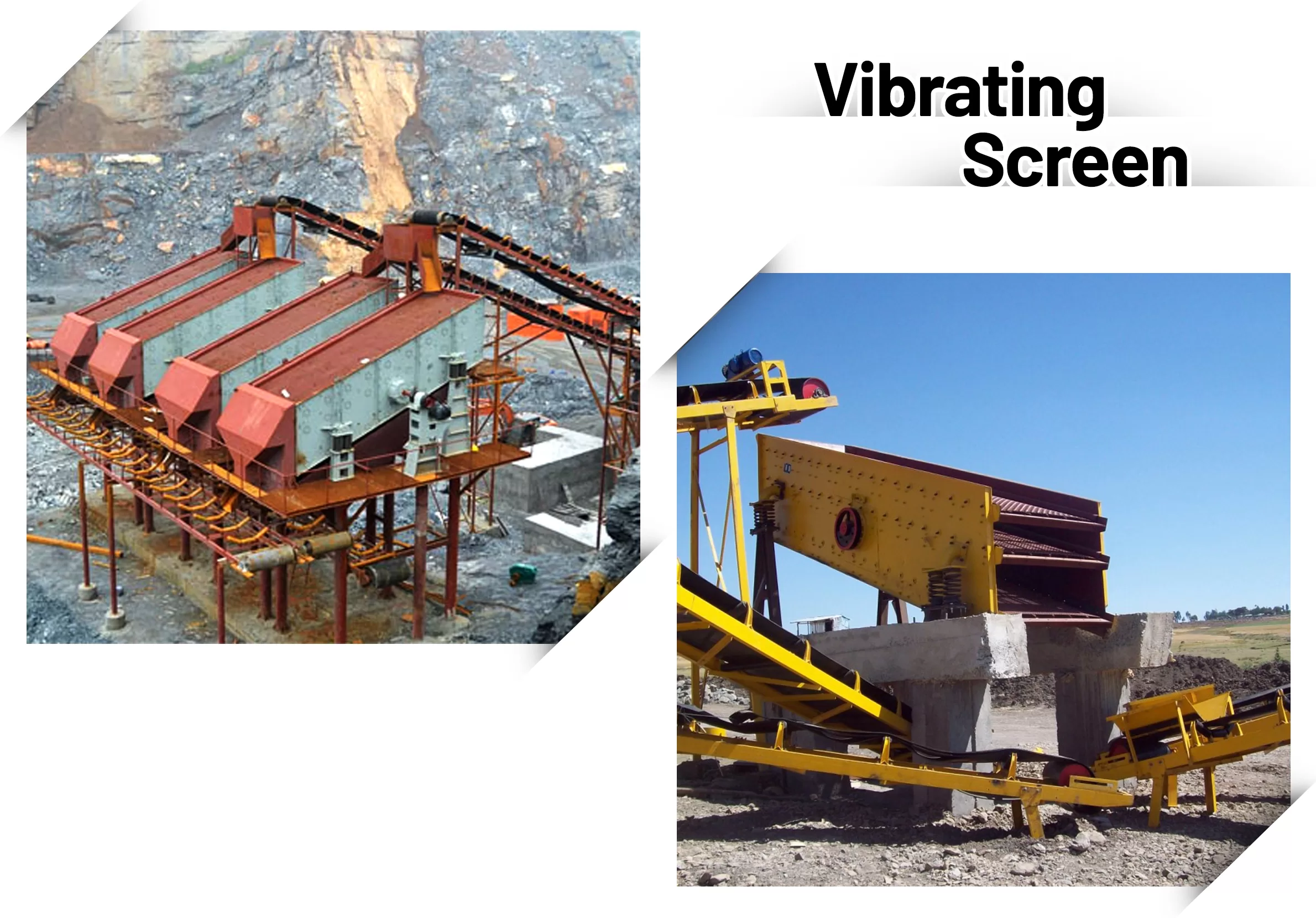
HX Series Vibrating Screen VS YK Series Vibrating Screen
It is widely used for screening of granite, river stone, quarry stone, rock, boulder, gravel, aggregate, basalt, limestone, gold ore, iron ore, chrome ore, etc. Adjustable final size meeting different needs.
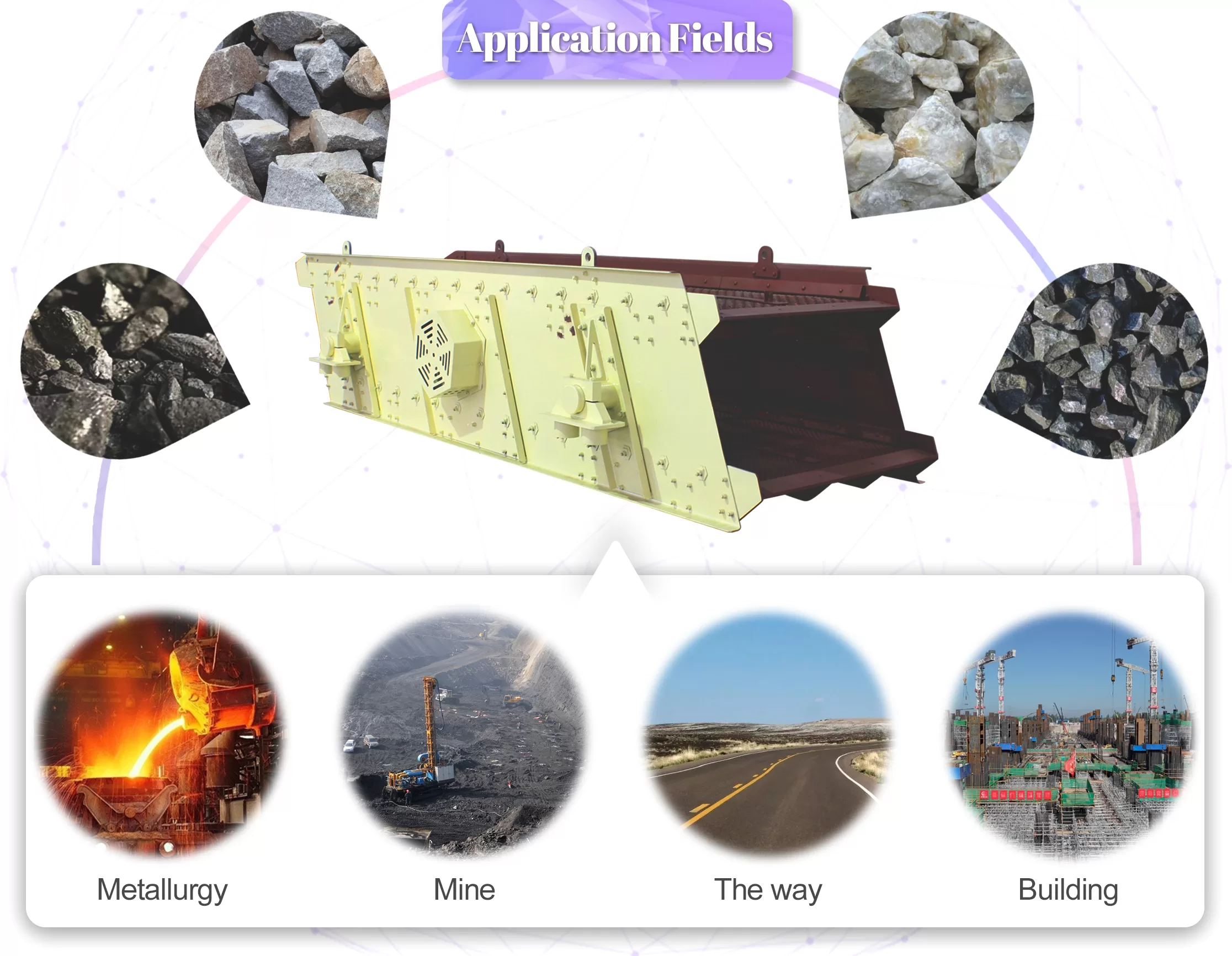
Application of Vibrating Screen
| Model | Sieve layer | Vibrating Frequency(r/min) | Mesh size(mm) | Max.feeding size(mm) | Processing capacity(m³/h) | Vibrating Frequency(r/min) | Vibrating Frequency(r/min) | Motor power(kw) | Sieve obliquity(°) | Sievespecification (mm) | >Dimensions (mm) |
| 2YK1225 | 2 | 6 | 4-50 | 200 | 8-60 | 800-970 | 8 | 6P 5.5KW | 20 | 1200×2500 | 2930×1860×870 |
| 3YK1225 | 3 | 9 | 4-50 | 200 | 10-70 | 800-970 | 8 | 6P 5.5KW | 20 | 1200×2500 | 3070×1860×1210 |
| 2YK1230 | 2 | 7.2 | 4-50 | 200 | 12-78 | 800-970 | 8 | 6P 7.5KW | 20 | 1200×3000 | 3430×1860×870 |
| 3YK1230 | 3 | 10.8 | 4-50 | 200 | 13-80 | 800-970 | 8 | 6P 7.5KW | 20 | 1200×3000 | 3570×1860×1210 |
| 2YK1237 | 2 | 8.88 | 4-50 | 200 | 15-86 | 800-970 | 8 | 6P 7.5KW | 20 | 1200×3700 | 4050×1860×870 |
| 3YK1237 | 3 | 13.32 | 4-50 | 200 | 16-90 | 800-970 | 8 | 6P 7.5KW | 20 | 1200×3700 | 4270×1860×1210 |
| 2YK1535 | 2 | 10.5 | 5-50 | 200 | 20-125 | 800-970 | 8 | 6P 11KW | 20 | 1500×3500 | 4120×2210×1230 |
| 3YK1535 | 3 | 15.75 | 5-50 | 200 | 21-125 | 800-970 | 8 | 6P 11KW | 20 | 1500×3500 | 4360×2210×1610 |
| 2YK1545 | 2 | 13.5 | 5-50 | 200 | 22-150 | 800-970 | 8 | 6P 11KW | 20 | 1500×4500 | 5120×2210×1230 |
| 3YK1545 | 3 | 20.25 | 5-50 | 200 | 22-150 | 800-970 | 8 | 6P 15KW | 20 | 1500×4500 | 5360×2210×1610 |
| 4YK1545 | 4 | 27 | 5-50 | 200 | 22-155 | 800-970 | 8 | 6P 15KW | 20 | 1500×4500 | 5930×2210×2060 |
| 2YK1548 | 2 | 14.4 | 5-50 | 200 | 22.5-162 | 800-970 | 8 | 6P 11KW | 20 | 1500×4800 | 5420×2210×1230 |
| 3YK1548 | 3 | 21.6 | 5-50 | 200 | 22.5-162 | 800-970 | 11 | 6P 15KW | 20 | 1500×4800 | 5660×2210×1610 |
| 4YK1548 | 4 | 28.8 | 5-50 | 200 | 22.5-162 | 800-970 | 8 | 6P 18.5KW | 20 | 1500×4800 | 6230×2210×2060 |
| 2YK1848 | 2 | 17.28 | 5-80 | 200 | 25-206 | 750 | 8 | 6P 18.5KW | 20 | 1800×4800 | 5420×2550×1420 |
| 3YK1848 | 3 | 25.92 | 5-80 | 200 | 32-276 | 750 | 8 | 6P 18.5KW | 20 | 1800×4800 | 5660×2550×1780 |
| 4YK1848 | 4 | 34.56 | 5-80 | 200 | 32-285 | 750 | 8 | 6P 22KW | 20 | 1800×4800 | 6290×2550×2160 |
| 2YK1854 | 2 | 19.44 | 5-80 | 200 | 32-312 | 800-970 | 8 | 6P 22KW | 20 | 1800×5400 | 5960×2550×1420 |
| 3YK1854 | 3 | 29.16 | 5-80 | 200 | 32-312 | 800-970 | 8 | 6P 22KW | 20 | 1800×5400 | 6260×2550×1780 |
| 4YK1854 | 4 | 38.88 | 5-80 | 200 | 32-336 | 800-970 | 8 | 6P 22KW | 20 | 1800×5400 | 6830×2550×2160 |
| 2YK2160 | 2 | 25.2 | 5-100 | 200 | 50-475 | 970 | 8 | 6P 30KW | 20 | 2100×6000 | 6720×2840×1530 |
| 3YK2160 | 3 | 37.8 | 5-100 | 200 | 50-475 | 970 | 8 | 6P 30KW | 20 | 2100×6000 | 7030×2840×1910 |
| 4YK2160 | 4 | 50.4 | 5-100 | 200 | 50-497 | 970 | 8 | 6P 37KW | 20 | 2100×6000 | 7300×2840×2380 |
| 2YK2460 | 2 | 28.8 | 5-100 | 200 | 65-550 | 970 | 8 | 6P 30KW | 20 | 2400×6000 | 7020×3140×1530 |
| 3YK2460 | 3 | 43.2 | 5-100 | 200 | 70-620 | 970 | 8 | 6P 37KW | 20 | 2400×6000 | 7300×3140×1910 |
| 4YK2460 | 4 | 57.6 | 5-100 | 200 | 80-680 | 970 | 8 | 6P 45KW | 20 | 2400×6000 | 7600×3140×2380 |
| 2YK2870 | 2 | 39.2 | 5-100 | 200 | 120-680 | 750 | 8 | 8P 22×2KW | 20 | 2800×7000 | 7600×4320×1620 |
| 3YK2870 | 3 | 58.8 | 5-100 | 200 | 180-720 | 750 | 8 | 8P 22×2KW | 20 | 2800×7000 | 7800×4320×2120 |
| 2YK3072 | 2 | 43.2 | 5-100 | 200 | 200-700 | 750 | 8 | 8P 22×2KW | 20 | 3000×7200 | 7800×4520×1750 |
| 3YK3072 | 3 | 64.8 | 5-100 | 200 | 230-800 | 750 | 8 | 8P 22×2KW | 20 | 3000×7200 | 8000×4520×2300 |

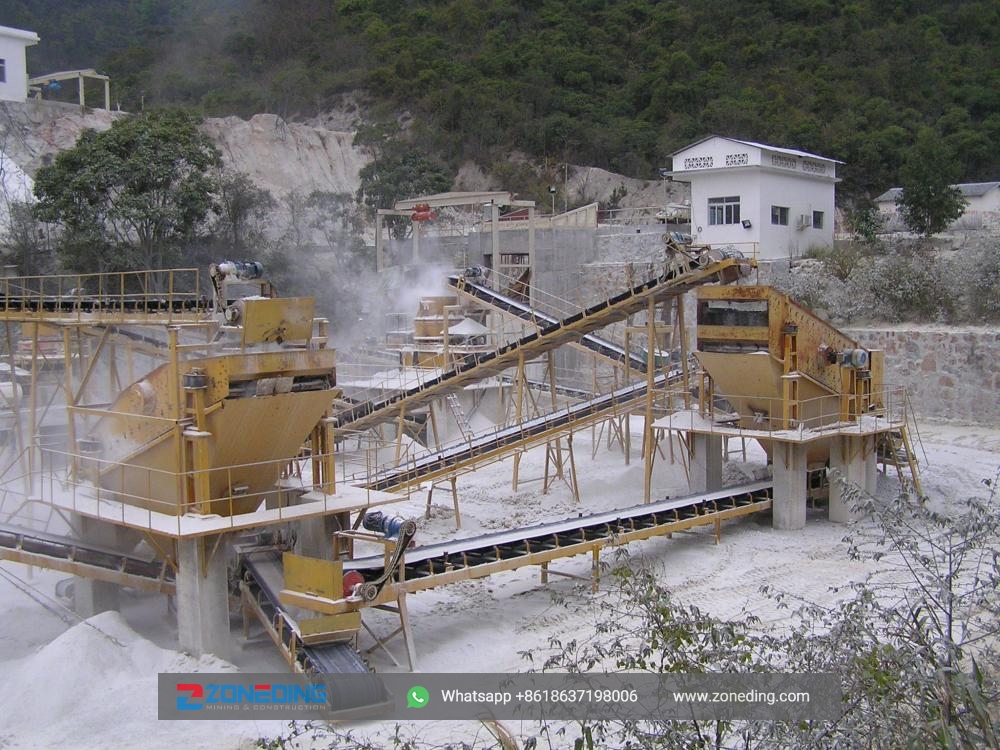
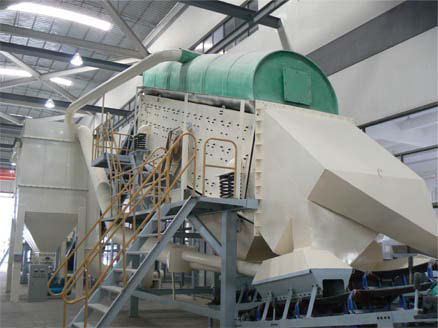
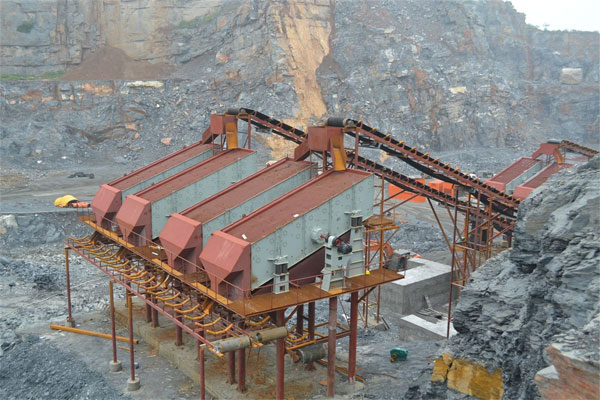
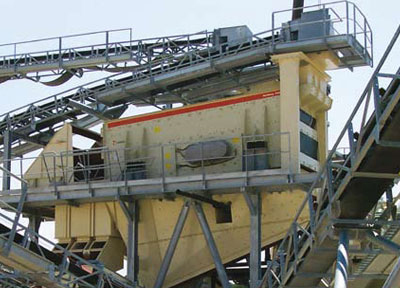
Q1. Who are we?
A1: Zoneding Machine is manufacture of mining machine which is located in Henan province of China. We have been professional on grinding mill, stone crushers, sand making machines, production line for ore beneficiation, sand and aggregate industries since 2004.
Q2. What is our main crusher products?
A2: Jaw Crusher/Cone Crusher/Vibrating Screen/Sand Making Machine/Mobile Stone Crusher Plant/Vibrating Feeder/Fine Sand Recovery Machine/Screw Sand Washing Machine/Impact Crusher/Vertical Shaft Impact Crusher/Hammer Crusher/Belt Conveyor/Stone Crushing Plant.
Q3. What about the price ?
A3: We are able to give you competitive price than market one cuz we are factory, and we have a policy that ” for saving time and absolutely honest” business attitude,we quote as low as possible for any customer, and discount can be given according to quantity
Q4. What services can we provide?
A4: Accepted Delivery Terms: FOB, CFR, CIF;
Accepted Payment Currency: USD,EUR, CNY;
Accepted Payment Type: T/T,L/C;
Language Spoken: English,Chinese,Spanish,Arabic,French,Russian
Q5: When will the delivery be?
A5: For inventory goods, we can ship them within 3-5 days. For customized equipment and other devices, we will specify according to clients’ needs as we quote.
Application Areas: Sand and gravel production lines, dehydration stage in ceramic raw material processing systems, tailings recovery and treatment in concentrators, quartz sand processing systems, sand and gravel processing systems for hy…
Applicable Material:Quartz, granite, basalt, limestone, river stone, marble, shale, iron ore, copper ore, gold ore etc. Jaw crusher is mainly used for medium-sized crushing of various ores and bulk materials…
Cone crusher is usually used as secondary or tertiary crushing stage. It is characterized by robust structure, excellent productivity and simple operation. Cone crusher is ideal for crushing different stone and rock…
Sand making machine is suitable for soft or medium hard and very hard ore materials with hardness not higher than 320 Pa. Also. It has the characteristics of stable and reliable work, easy maintenance, and a high sand production rate. The…
Impact crusher excel in primary crushing of rock. Stationary and mobile plants are available. Replacement of wearing parts is simple due to the hydraulic folding of the housing components. A variety of models are available | Get the fre…
The vibrating feeder (vibratory feeder) is suitable for bulk and granular materials such as limestone, calcite, dolomite, barite, talc, gypsum, quartz stone, river pebble, granite, basalt, construction waste, iron ore, coal, slag, etc. …
Sand washing machine is an important equipment for artificial sand and natural sand washing operation. It can wash away the trace stone powder and impurities in sand and gravel to improve the quality of sand. Sand…
Fine crusher is also called tertiary crusher, which adopts the principle of “stone hit stone” to crush materials. It upgrades the traditional three crushing stages to the two crushing stages. The fine crusher is mai…
Compound crusher is the newly developed equipment by combining sand making machine and the crushing principle of impact crusher. A compound crusher, also called vertical compound sand maker, is a double-rotor primar…
Roller crusher is also known as roll crusher, which relies on the high-speed rotation of roll wheel to crush materials. The commonly used roll crusher types include double roller crusher, toothed roller crusher, four roller crusher, etc. …
loading…
已经是到最后一篇内容了!
We use cookies to ensure that we give you the best experience on our website. If you continue to use this site we will assume that you are happy with it.
Privacy Policy